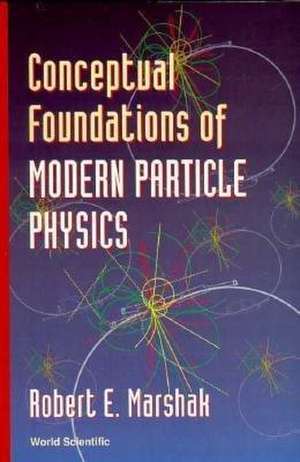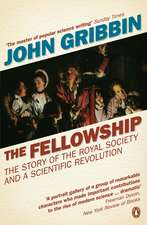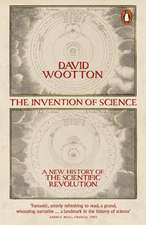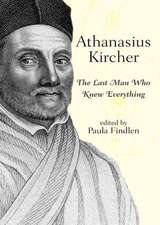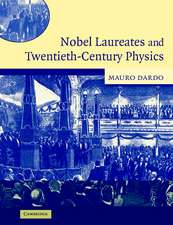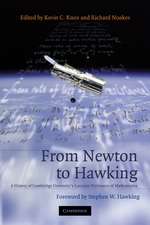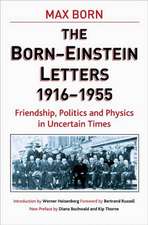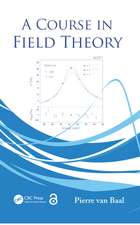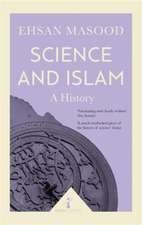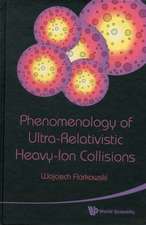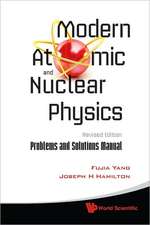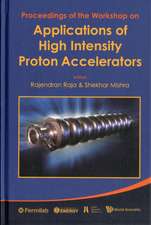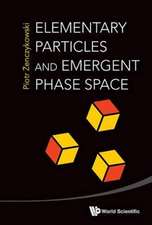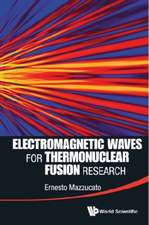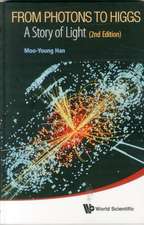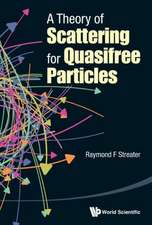CONCEPTUAL FOUNDATIONS OF MODERN...
Autor R E Marshaken Limba Engleză Paperback – 31 mar 1993
| Toate formatele și edițiile | Preț | Express |
|---|---|---|
| Paperback (1) | 510.51 lei 6-8 săpt. | |
| World Scientific – 31 mar 1993 | 510.51 lei 6-8 săpt. | |
| Hardback (1) | 869.11 lei 6-8 săpt. | |
| World Scientific – 31 mar 1993 | 869.11 lei 6-8 săpt. |
Preț: 510.51 lei
Preț vechi: 600.60 lei
-15% Nou
Puncte Express: 766
Preț estimativ în valută:
97.69€ • 104.46$ • 81.45£
97.69€ • 104.46$ • 81.45£
Carte tipărită la comandă
Livrare economică 17 aprilie-01 mai
Preluare comenzi: 021 569.72.76
Specificații
ISBN-13: 9789810211066
ISBN-10: 9810211066
Pagini: 706
Dimensiuni: 170 x 244 x 38 mm
Greutate: 1.2 kg
Editura: World Scientific
ISBN-10: 9810211066
Pagini: 706
Dimensiuni: 170 x 244 x 38 mm
Greutate: 1.2 kg
Editura: World Scientific
Descriere
Descriere de la o altă ediție sau format:
Apart from the first chapter which sketches a broad overview of the entire field - this book offers detailed discussions of the major concepts and principles that prevailed and were given wide currency during each of the 15-year periods that comprise the history of modern particle physics.
Apart from the first chapter which sketches a broad overview of the entire field - this book offers detailed discussions of the major concepts and principles that prevailed and were given wide currency during each of the 15-year periods that comprise the history of modern particle physics.
